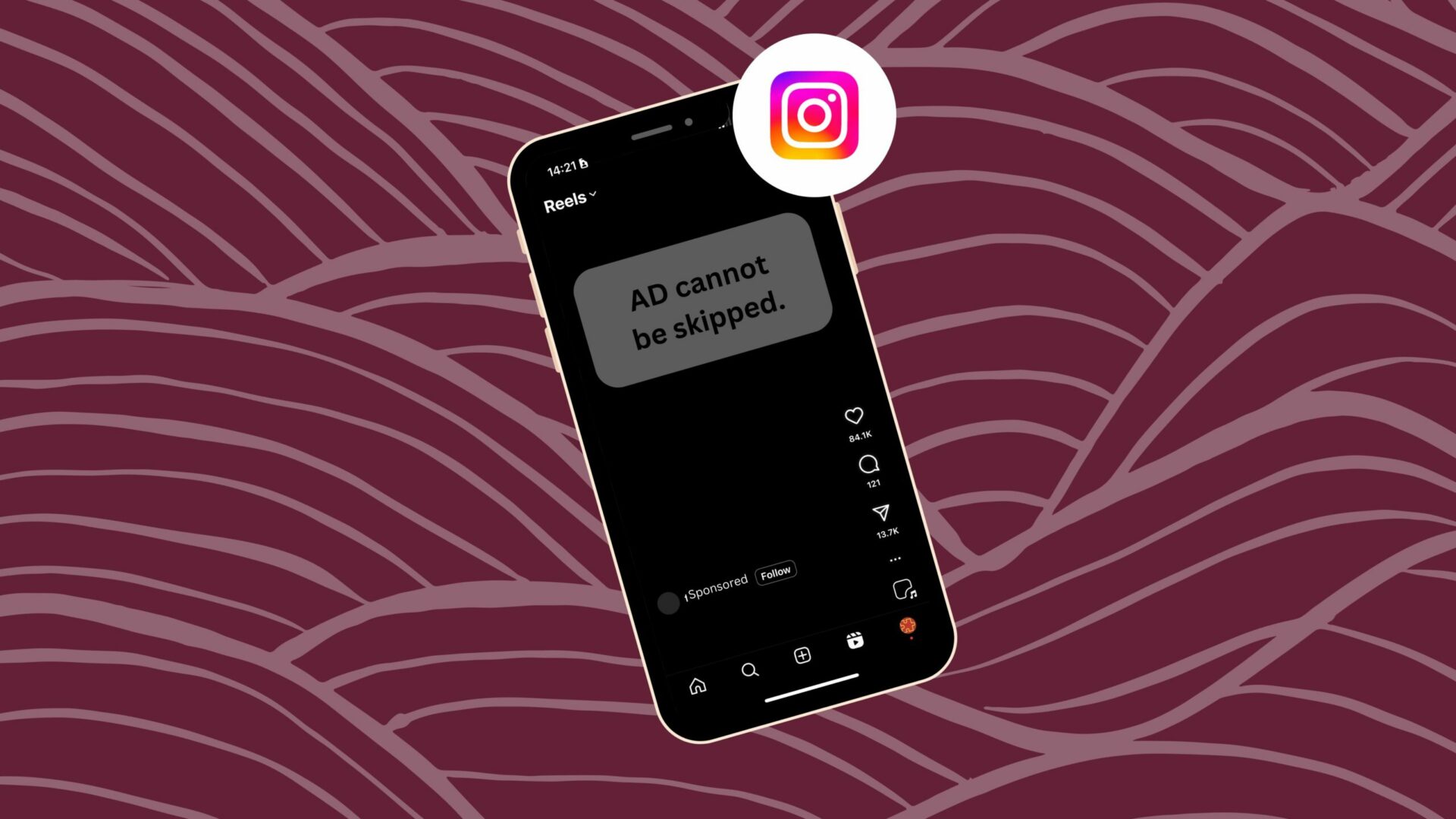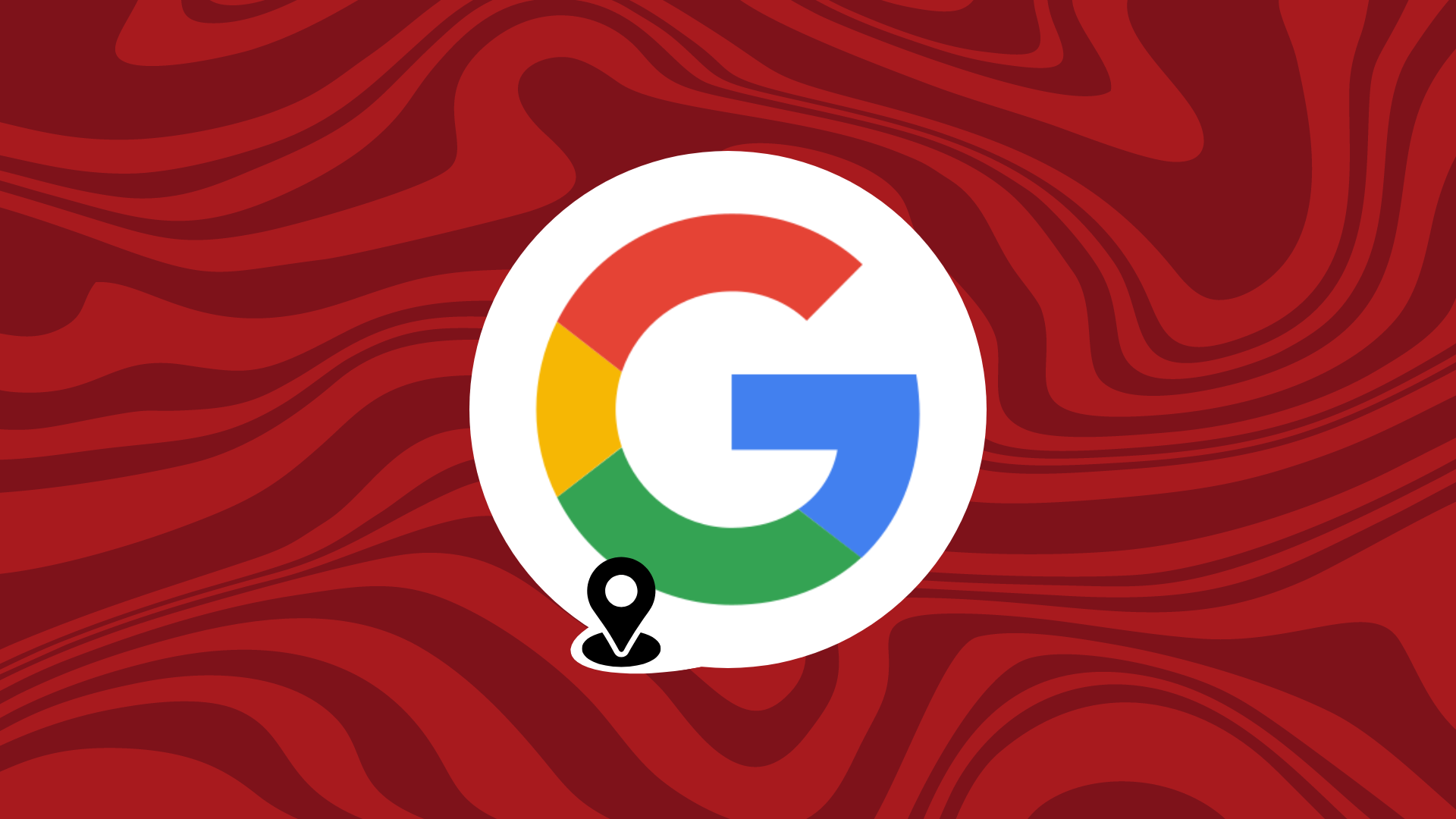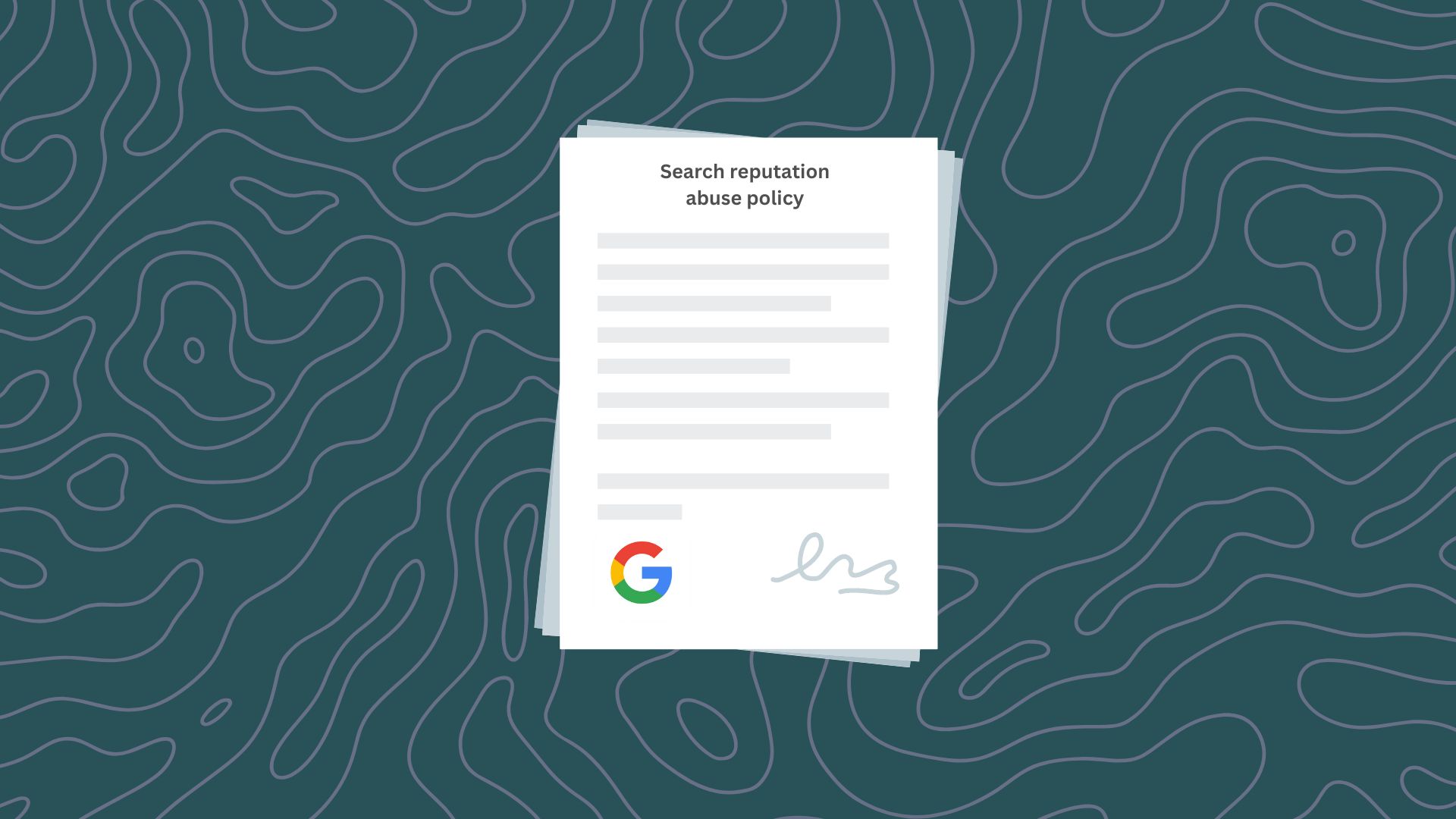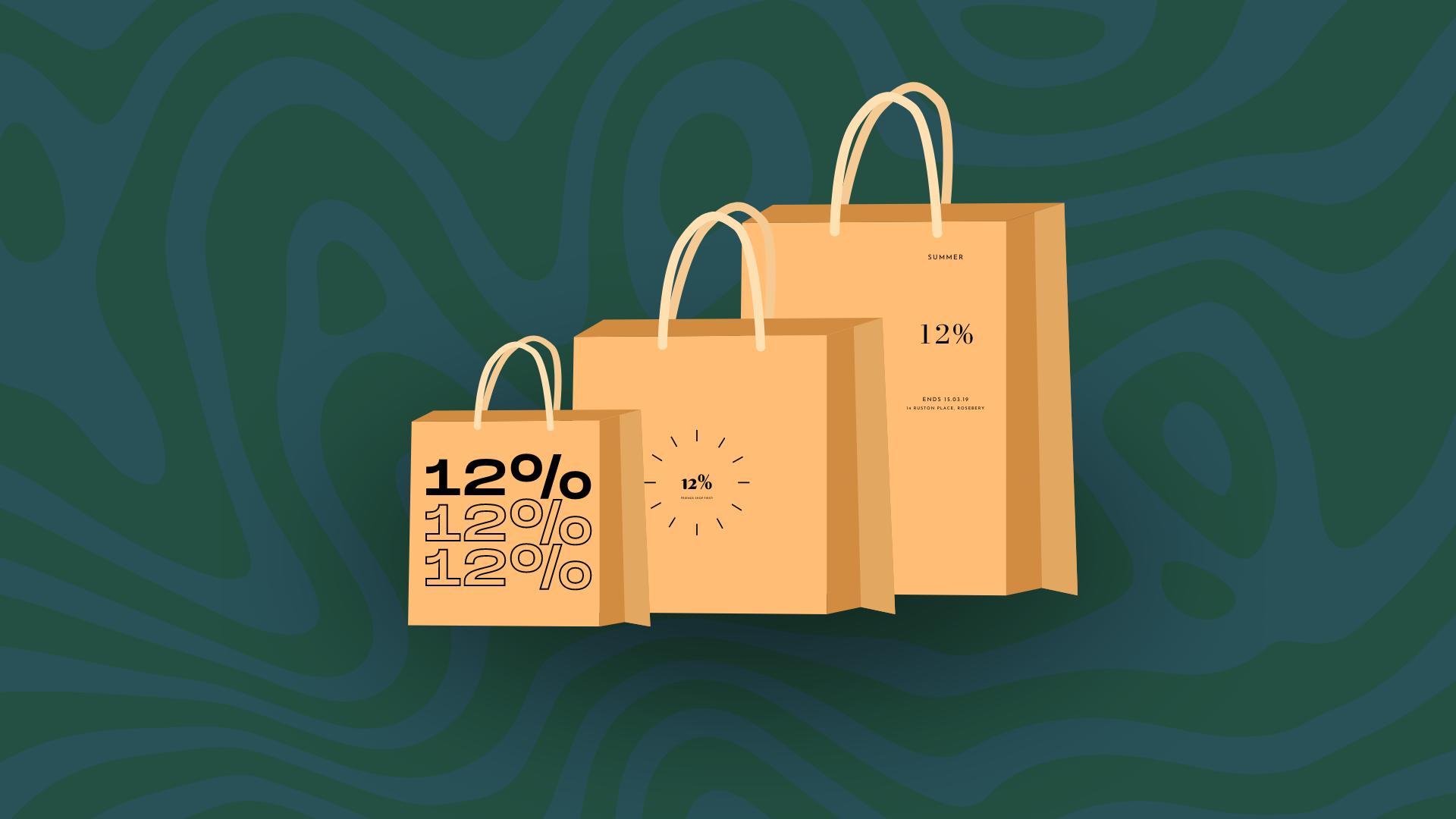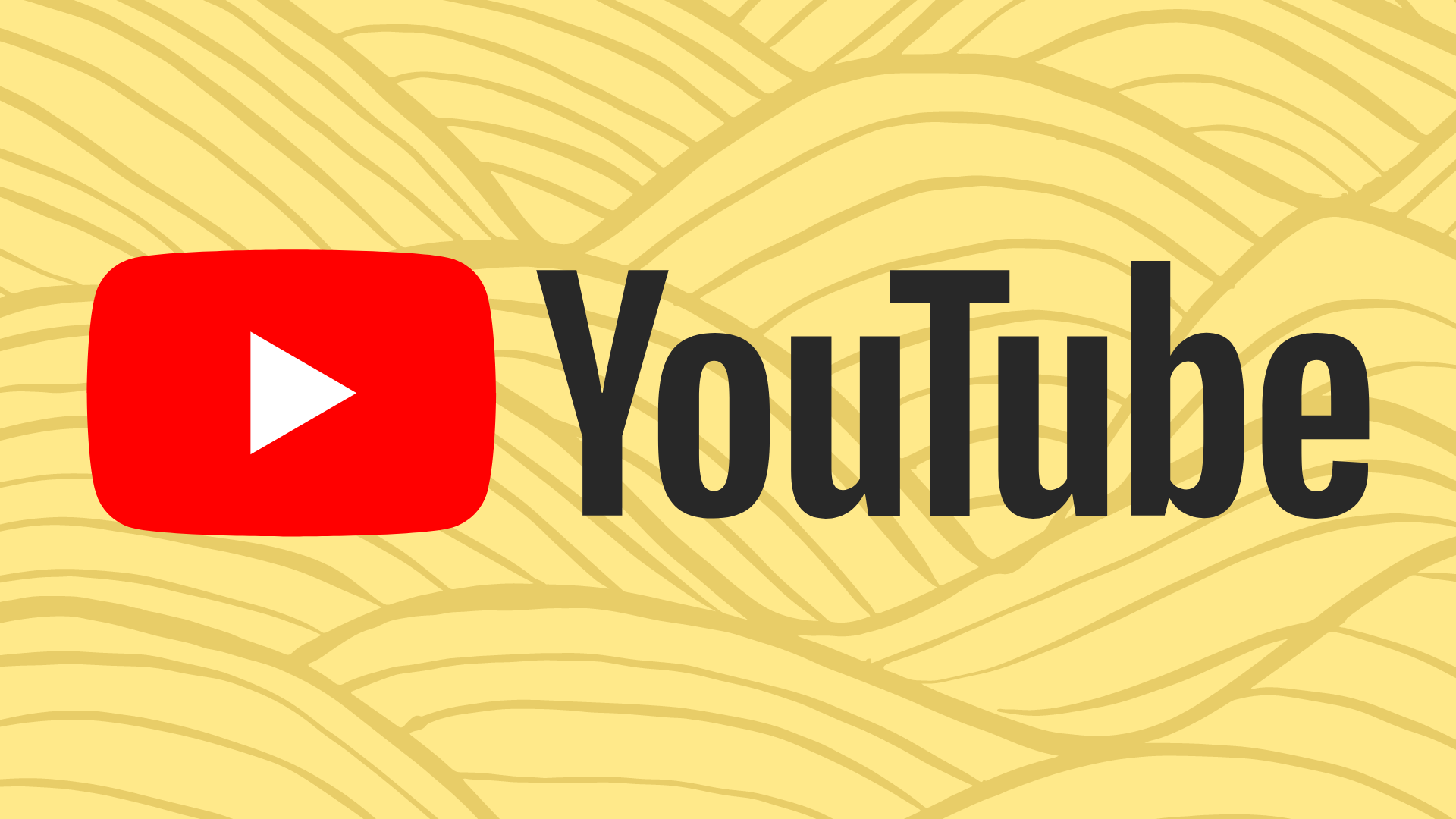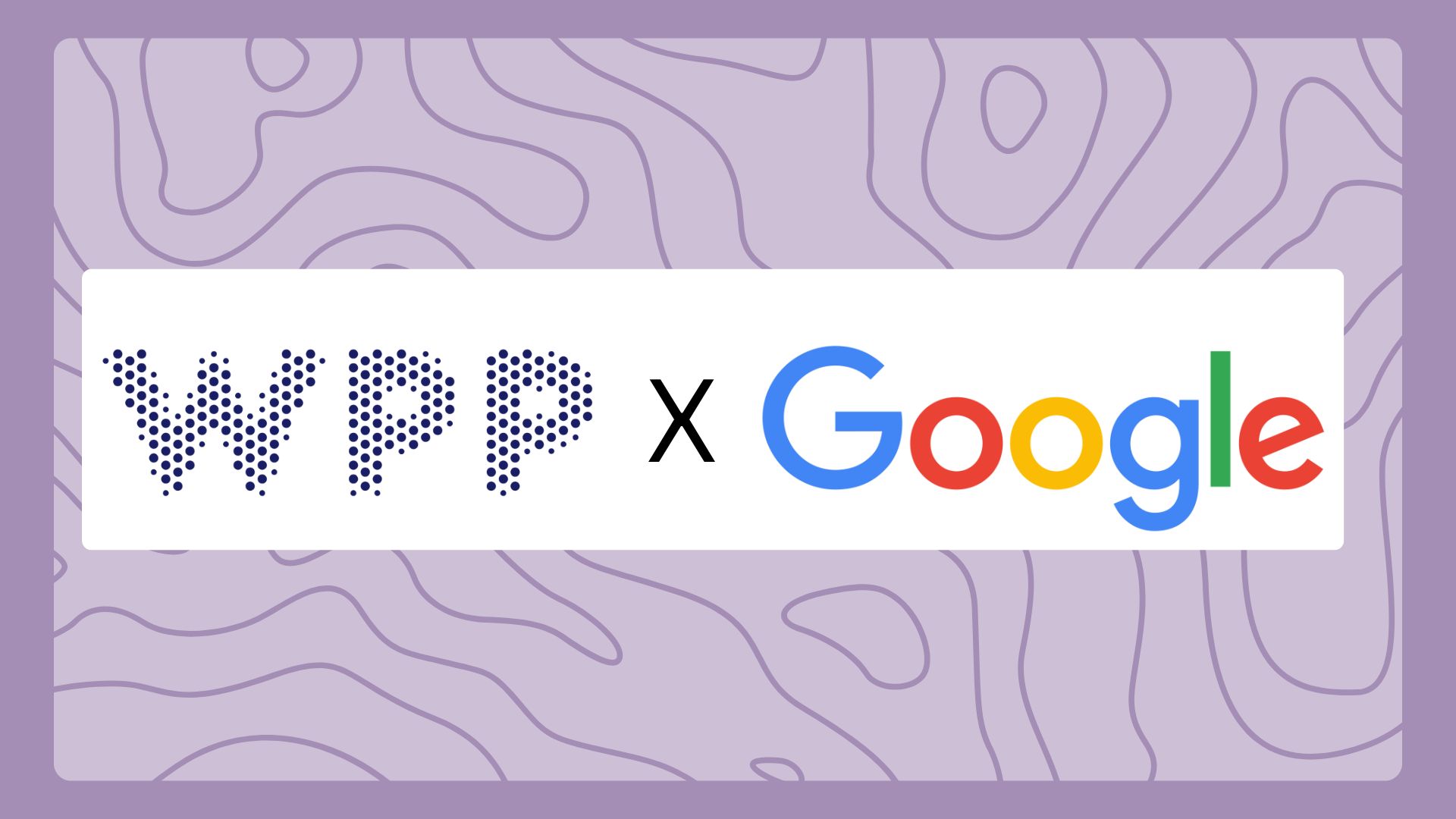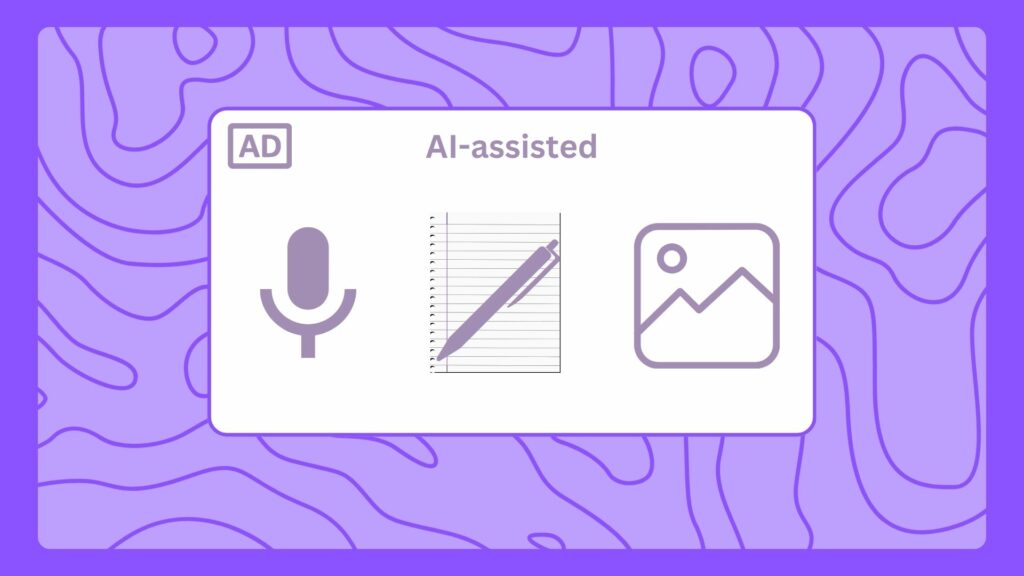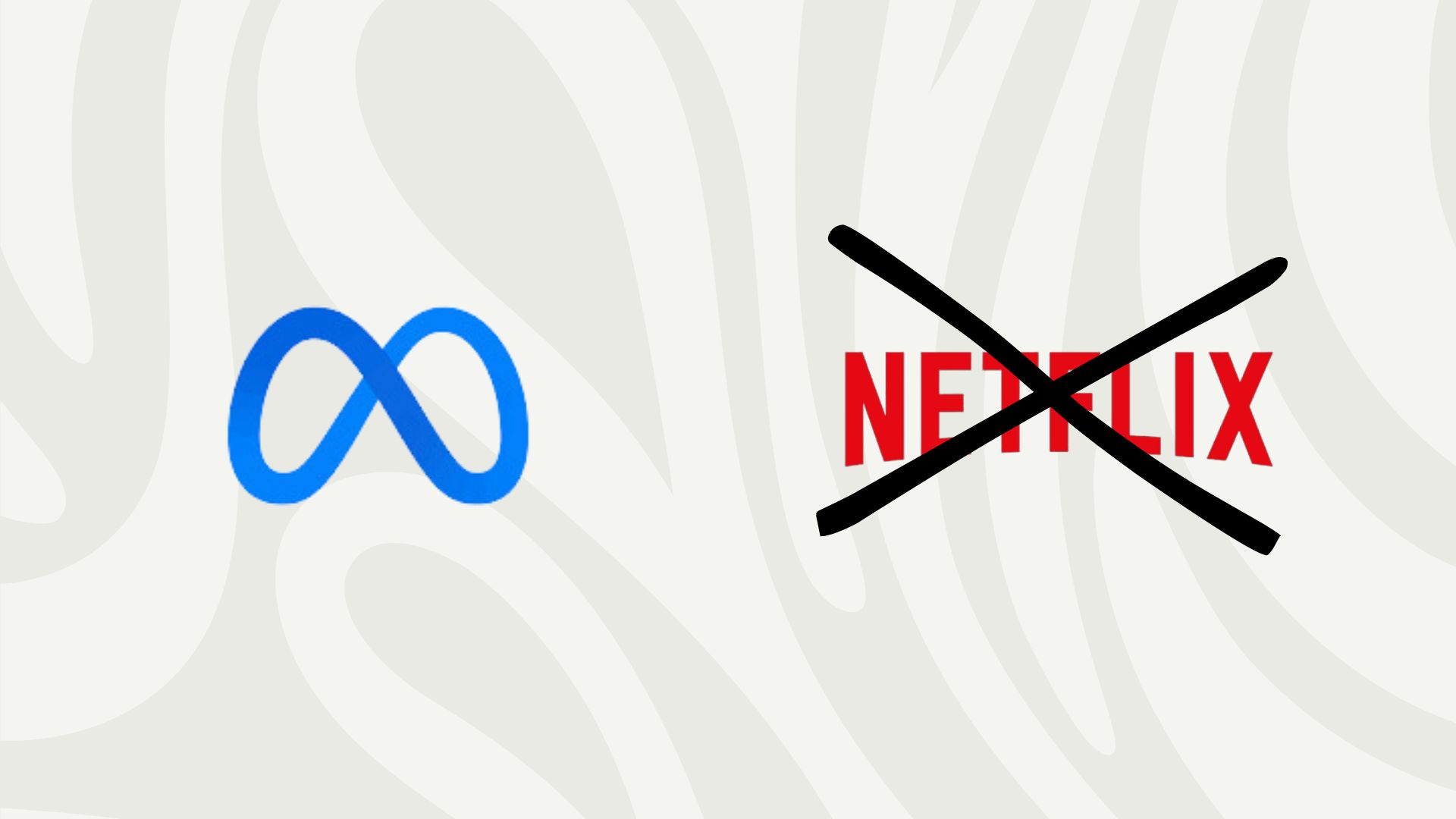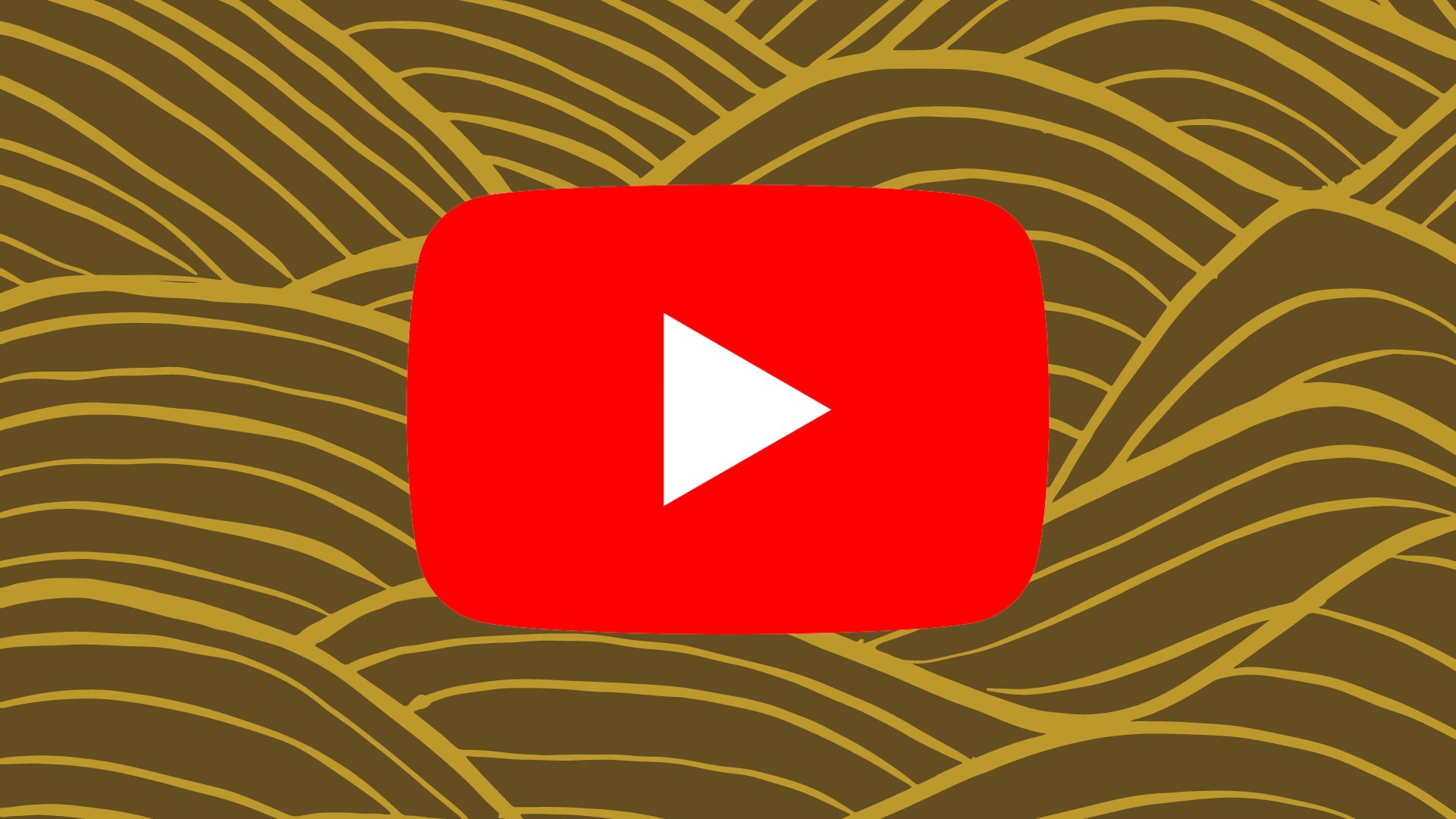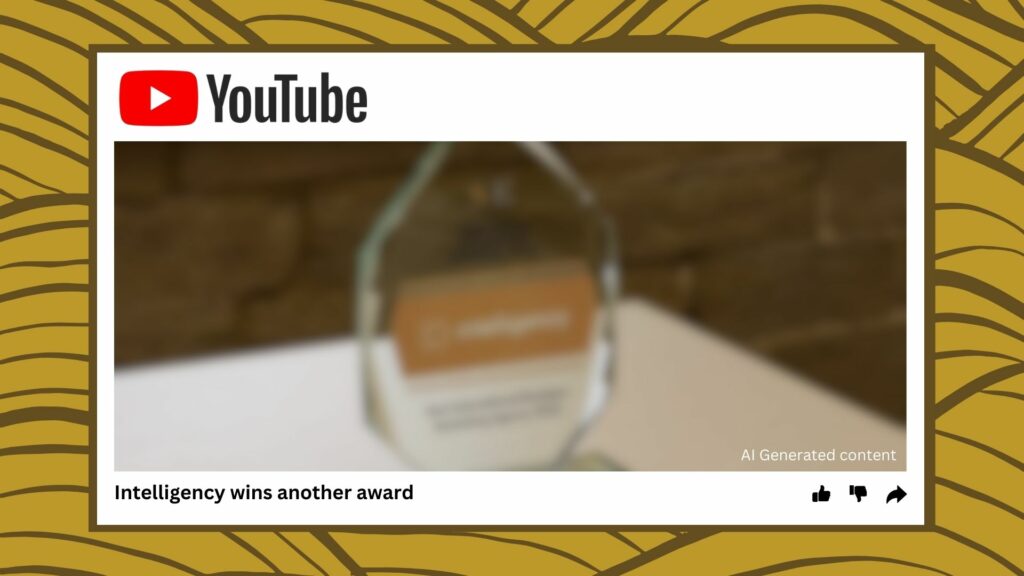
X to begin hiding users’ likes
June 14, 2024 Posted by Liam Walsh Round-Up 0 thoughts on “X to begin hiding users’ likes”Earlier this week X, formally known as Twitter, began rolling out their new private liking feature. This now means the posts and images you like on the platform will no longer be visible to the public.
Why is X making likes private?
Having private likes is already an option for users who pay for X Premium however Elon Musk rolled this out to the masses due to the importance of allowing ‘people to like posts without getting attacked’. Previously, all likes were visible and therefore any member of the X community could visit your profile (if accessible) and analyse all the likes that you had made since opening your account.
Whilst historic social media such as tweets can be searched via the search navigation, this wasn’t an option for likes and therefore some users believed that the public would be unlikely to find which posts they had liked in the past. However, in the last few years, we have seen a rise in cases of celebrities or public figures being criticised for their likes.
What has X said about this?
Haofei Wang, the director of engineering at X spoke a few weeks ago about the rollout and claimed that this update will give users more freedom. He is quoted as saying that ‘many people felt discouraged’ to like potentially risky comments due to the backlash they might receive, and that the X community shouldn’t have to worry about expressing support for a tweet.
Are there any issues with this approach?
Critics have argued that hiding likes means that bot farms can be deployed more effectively and that pornographic content will become more visible on the platform as the algorithm begins to predict that this is what users want. Jack Dorsey the former CEO of Twitter questioned Wang’s post on X, quizzing him on what the difference between likes and bookmarks was. Others have criticised the move by suggesting that the platform has more pressing issues that should be resolved before this minor concern.
